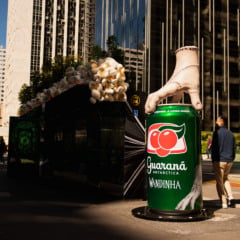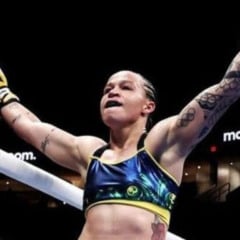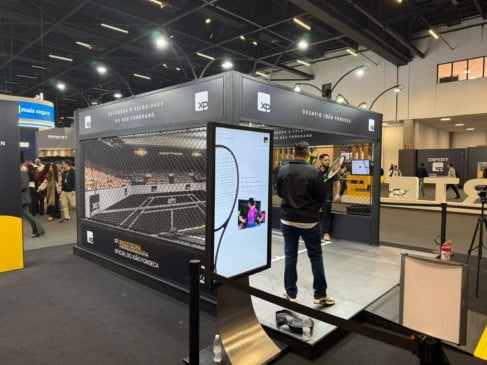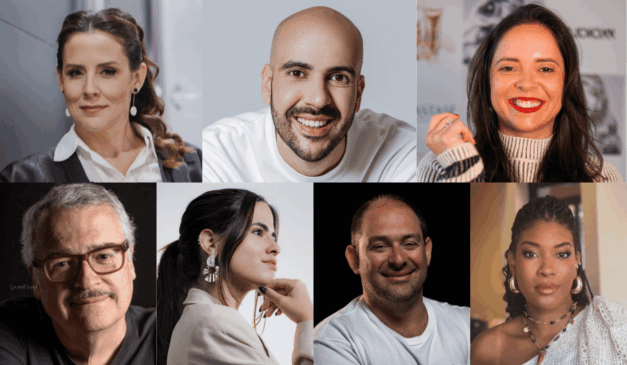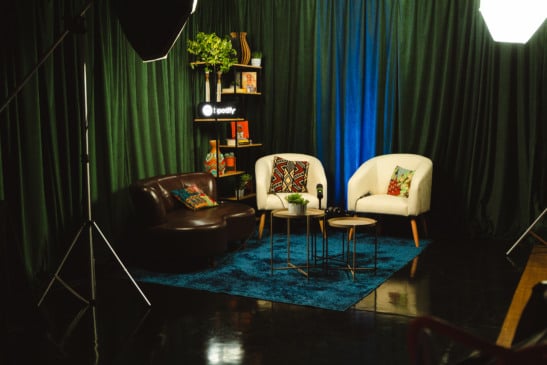The 25th ACM Symposium on User Interface Software and Technology (UIST) is underway this week in Cambridge, Massachusetts. UIST brings together researchers and practitioners from diverse areas that include traditional graphical and web user interfaces, tangible and ubiquitous computing, virtual and augmented reality, multimedia, new input and output devices and more. That’s a good check list against some of the work that goes on in Microsoft Research and as always, MSR will be there in force.
A number of Microsoft Research projects will be shown at UIST and one caught my eye in particular – Digits. The project highlights the ongoing work of MSR in the field of natural user interfaces and the blending of the physical and virtual worlds. Digits employs wearable vision technology to enable freehand gesture input that could potentially be used with personal computing such as a mobile phone, laptop or gaming console.
David Kim, one of the researchers behind the project, explained that Digits was inspired by a desire to enable 3D interaction that was not bound to a physical space. The team wanted to make spatial interaction mobile and turned to a combination of computer vision techniques and off the shelf hardware to build that “wristband” you saw above.
The combination of an infrared (IR) laser, IR camera, IR diffuser for illumination and an inertial measurement unit enables tracking of fingers. The current setup can only see five points, which normally would make it difficult to get an accurate view of the hand pose, so the vision system is allied to a biomechanical model of the hand for a full Kinematics model that delivers a very a high degree of accuracy in modeling the hand pose.
There are still some occasions when the tracking is affected by occlusion, for example when the hand is in a certain pose – though David mentioned the potential to apply a machine learning algorithm that would help alleviate these issues and further improve the accuracy.
You can see some applications of this project in this video:



